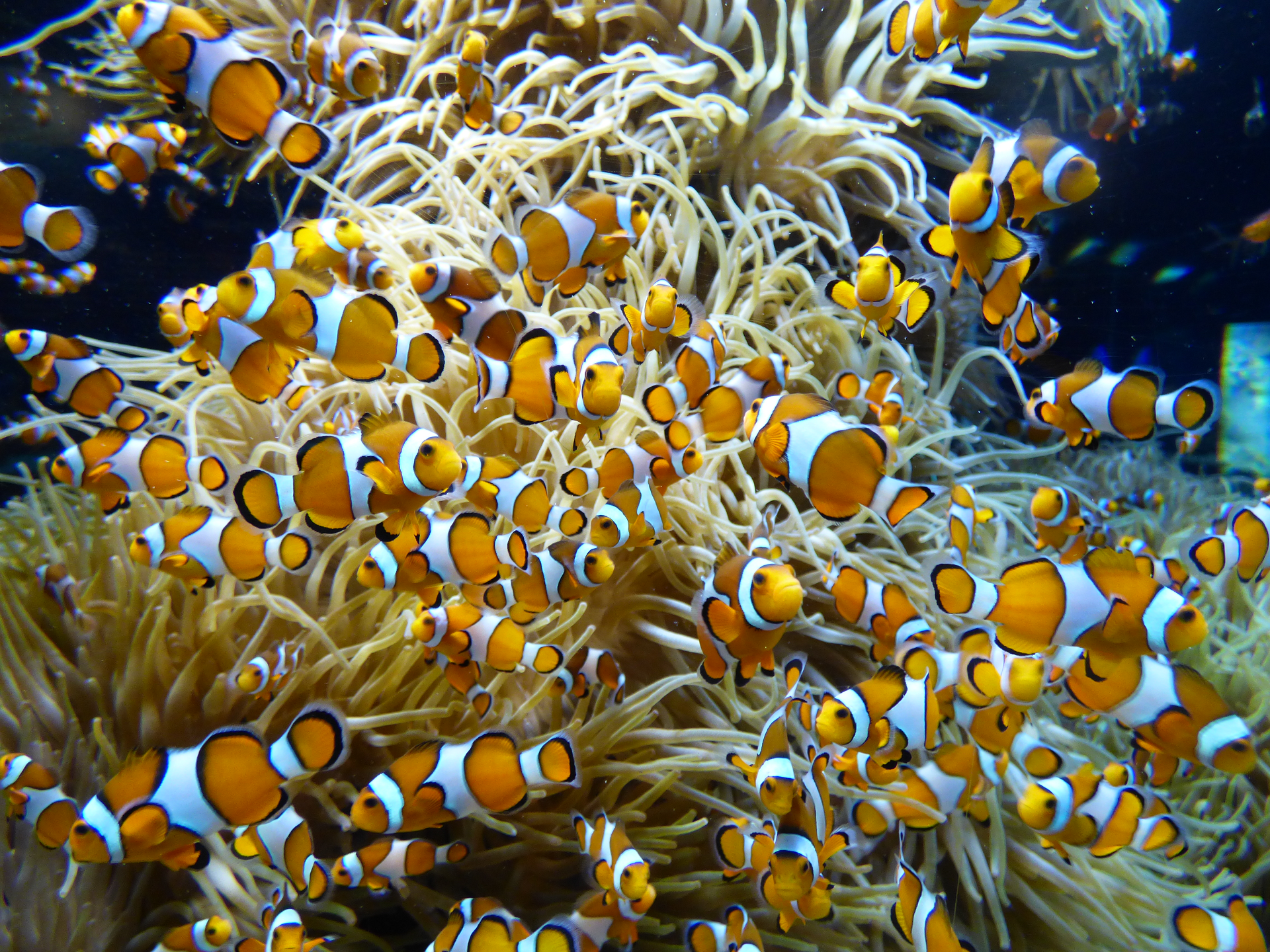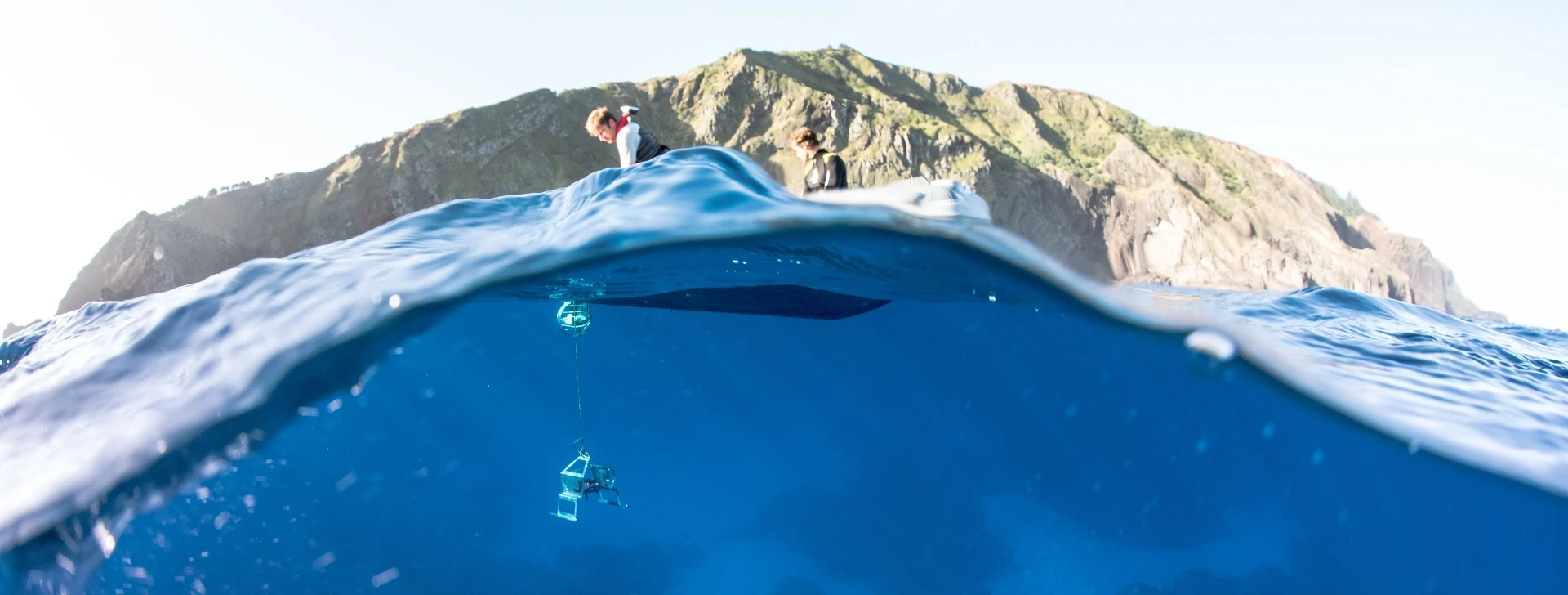Publication Abstract
- Title
-
Current status of hilsa (Tenualosa ilisha) fisheries in Bangladesh and implications for future research and development
- Publication Abstract
-
Hilsa shad (Tenualosa ilisha) is an anadromous fish, making the single largest wild fishery in Bangladesh, supporting the livelihoods of about 2% of the population, and contributing 1% to the national GDP. Several studies reported positive outcomes associated with its catch status, biology, ecology, nutritional profile, conservation and management, and socioeconomic impacts. However, significant knowledge gaps exist in hilsa fisheries, particularly in the areas crucial for research and development. In this article, we conducted a systematic review of literature to identify and address the knowledge gaps, challenges, and research priorities in hilsa fisheries to ensure its sustainable management, and production. Recent data from the Department of Fisheries (DoF) indicates rising production of hilsa in Bangladesh, sparking debate about its accuracy. Reliable data is essential to avoid miscalculations that could lead to risk of overfishing or underfishing of this important fish. Hilsa matures at 6-12 months, lives 2-6 years, feeds primarily on phytoplankton, and spawns mostly during full moon of September and October. The abundance of brood hilsa in the river systems before and after the peak breeding season suggests further research is needed to refine breeding period for sustainable production. Although recent molecular studies have mapped the complete genome of hilsa, there remains a lack of comprehensive knowledge on its biology, ecology, conservation, and life cycle - the key areas for sustainable catches and domestication. Enhancing global demand for this species requires value-addition, such as removing sharp pin bones in the flesh. DoF has implemented various policies and projects, including establishment of sanctuaries to protect and conserve hilsa fisheries for sustainable exploitation. However, these measures have sparked controversy due to their adverse impacts on income and livelihood of fishermen. Addressing these challenges and knowledge gaps require focused research and development initiatives to ensure sustainable hilsa fisheries in Bangladesh.
- Publication Authors
- Publication Reference
-
Journal of Aquaculture, Fish and Fisheries
- Publication Internet Address of the Data
- Publication Date
- Publication DOI: https://doi.org/
- Publication Citation


